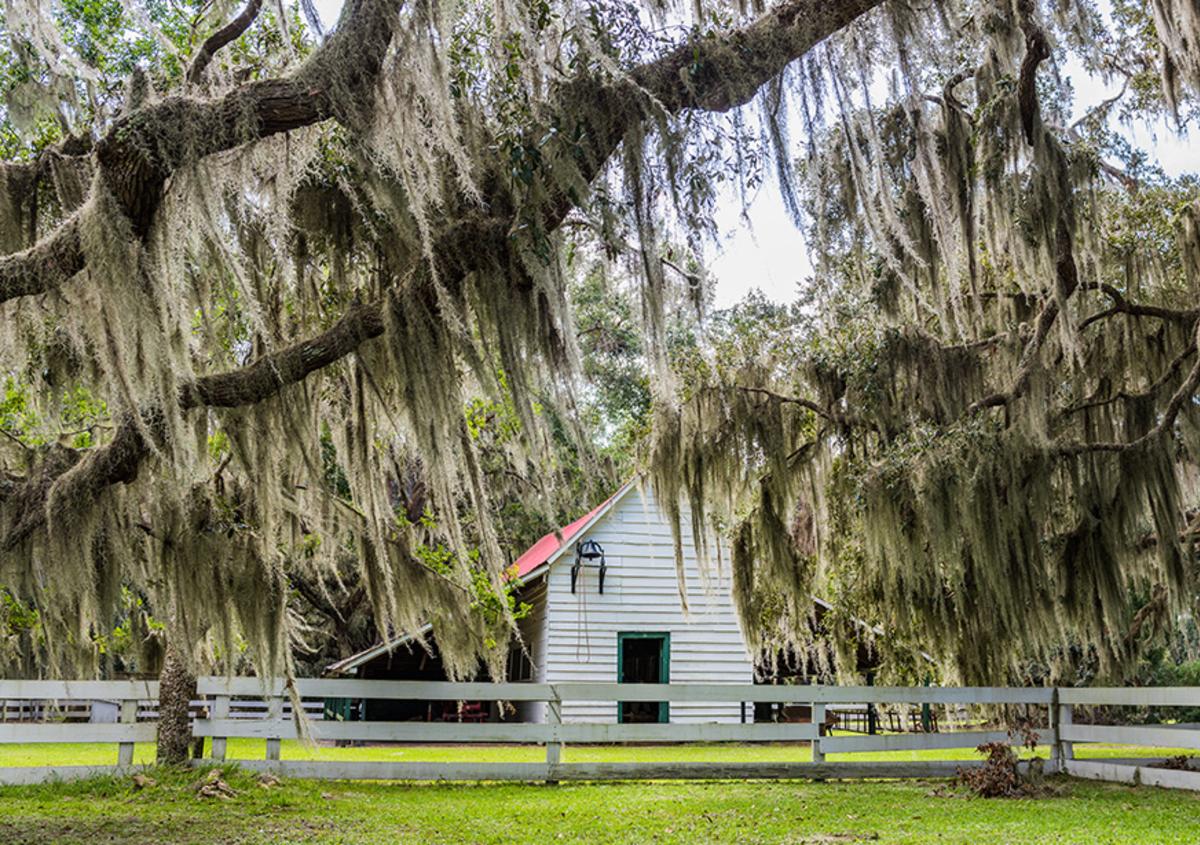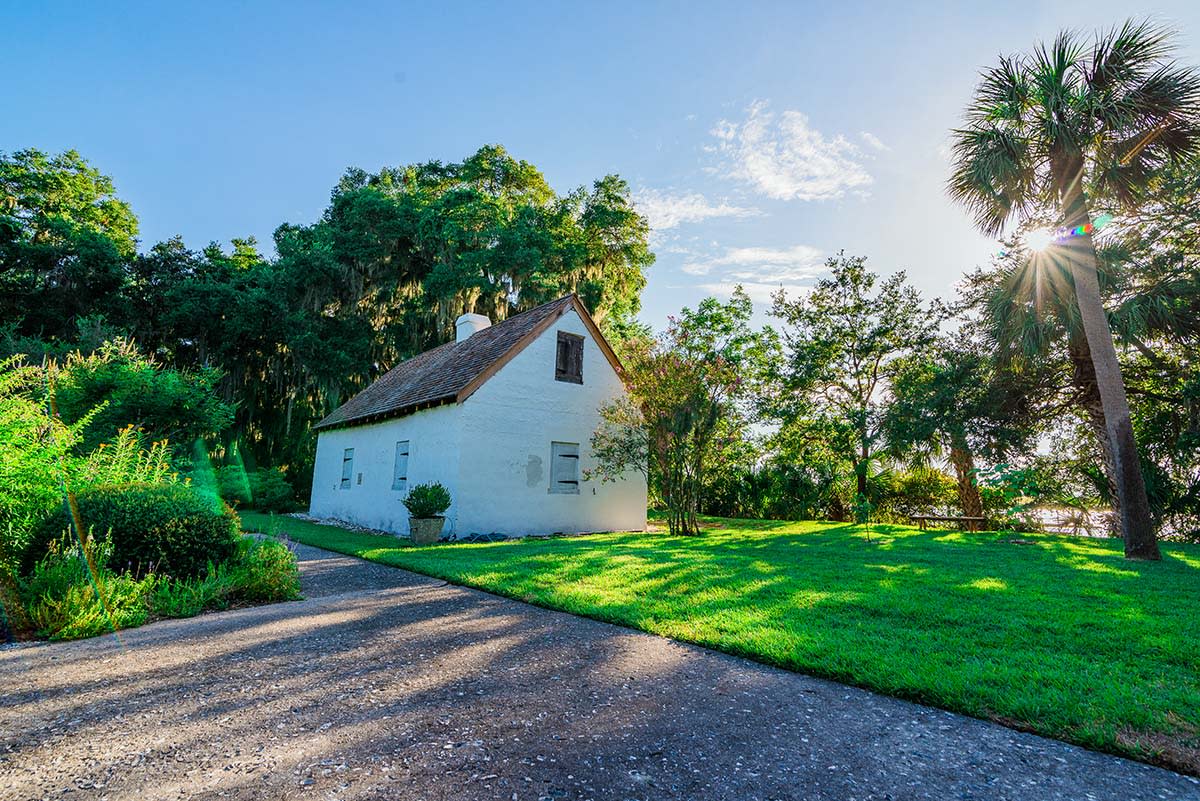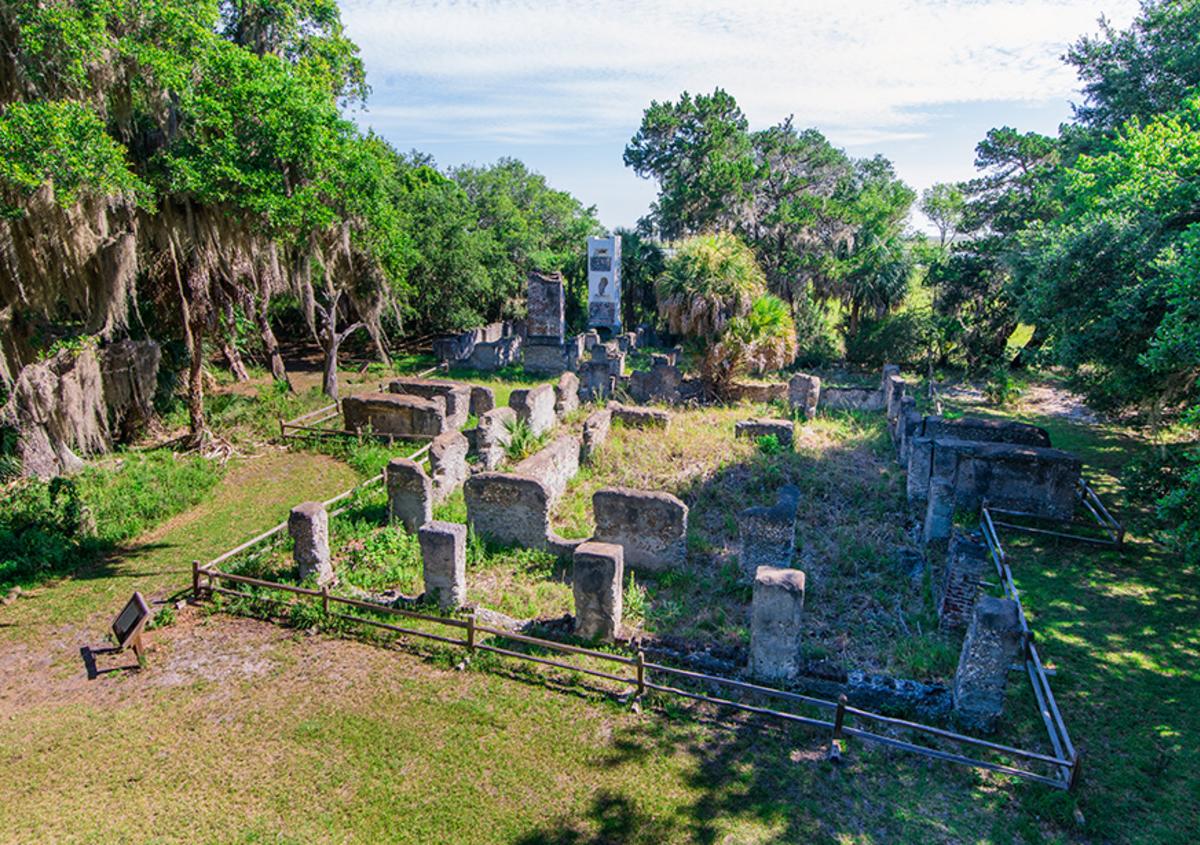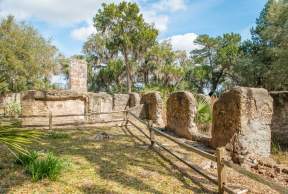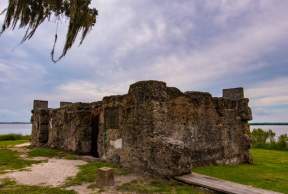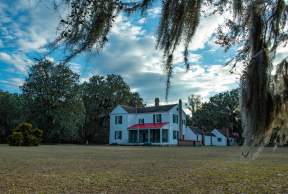African-Americans who have lived in the Golden Isles have left an indelible mark on the area for centuries. From passed-down folklore, food and music traditions, significant contributions have been made to the culture of the Golden Isles and Georgia coast as a whole. It is our honor to share these special historical sites with you.
Retrace the footsteps of those who came before us at these seven significant historical sites that honor the Golden Isles' African-American heritage.
Brunswick
Hofwyl-Broadfield Plantation
A visit to Brunswick's Hofwyl-Broadfield Plantation truly feels like a step back in time. Explore the historical grounds on a guided tour or on your own as you make your way through the ancient live oak trees toward the plantation-era home and outbuildings that still stand today. During the peak of the plantation era, Hofwyl-Broadfield Plantation was a rice plantation owned by Charleston native William Brailsford. Exhibits and a historical film at this state park's Visitor Center tell the tale of this historic site and those who lived and worked here.
Address: 5556 U.S. Highway 17 N, Brunswick | Learn more here
To learn more about local efforts to protect our area’s African-American heritage, please visit the Coastal Georgia Historical Society and the St. Simons African American Heritage Coalition.
St. Simons Island
Neptune Park
A very common misconception about this beautiful public park is that it was named for Neptune, the Roman god of the sea. However, it was actually named to honor Neptune Small, a slave who once worked at Retreat Plantation (where modern day Lodge at Sea Island is now located). The story of Neptune Small is truly incredible and can be read in detail here. After risking his own life to retrieve the body of one of his owners' sons from the battlefields of the Civil War, the family was so grateful for Neptune's bravery they awarded him with his own plot of land upon return. Although its exact location has been debated, it is believed to be within the general vicinity of St. Simons Island's Neptune Park. Today it is the site of a beautiful oceanfront public park with picnic tables and grills, playground and pool, lighthouse and pier.
Address: 110 Mallery Street, St. Simons Island | Lean more here
Historic Hamilton Plantation Cabins and Grounds
Now managed and maintained by a local garden club, the former Hamilton Plantation Cabins have been carefully restored as a living piece of history. Once part of a former cotton plantation, these two modest structures served as living quarters for enslaved laborers working at Hamilton Plantation. The cabins are constructed of original tabby (a historical and sturdy mixture of oyster shells, lime, sand and water) and have earned their designation on the National Register of Historic Places. Today, the cabins can be visited and toured free of charge by calling 912-638-1908.
Address: 100 Arthur J. Moore Drive, St. Simons Island | Learn more here
Historical Harrington School Cultural Center
Located toward the northern end of St. Simons Island, nestled among sprawling live oak trees, you'll find the historic Harrington School. Once a schoolhouse solely dedicated to African-American children living on St. Simons Island, today the building is a budding cultural center accurately displaying the story of the area's Gullah-Geechee connections. A visit to the Historical Harrington School Cultural Center should be at the top of your list when on the island. Be sure to visit during the annual Georgia Sea Islands Festival held each June to get a true Taste of Gullah.
Address: 275 S. Harrington Road, St. Simons Island | Learn more here
Cannon's Point Preserve
Farther north on St. Simons Island you'll find the beautiful ruins of Cannon's Point, once a bustling plantation owned by John Couper. This 600-acre tract is virtually untouched and features tabby ruins of structures that were once the cornerstone of the plantation, including the plantation home and slave quarters. Today, it's an excellent place to explore ancient maritime forests, spot native wildlife and even head off on a self-guided kayak adventure. Cannon's Point Preserve is open to the public free of charge Saturdays, Sundays and Mondays from 9 a.m. - 3 p.m.
Address: Lawrence Road, St. Simons Island | Learn more here
Fort Frederica
Although Fort Frederica was originally established by European settlers, there is a memorial dedicated to Robert Abbott and his family that can be found at this National Park Service National Monument. Robert Abbott, an African-American born on St. Simons Island to emancipated slaves, went on to establish himself as a highly successful businessman and entrepreneur. The Chicago Defender, the nation's first African-American newspaper, was founded by Abbott and was credited with uniting the African-American population around the country. Learn more about Robert Abbott here. Fort Frederica National Monument was also recently recognized by the national underground railroad network to freedom.
Address: 6515 Frederica Road, St. Simons Island | Learn more here
Jekyll Island
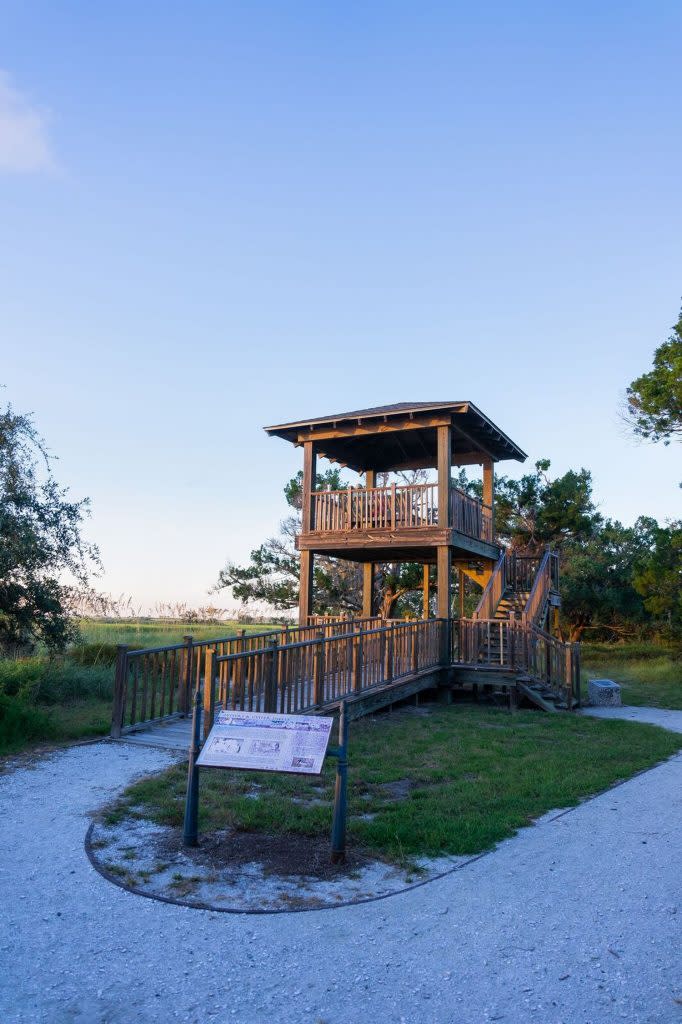 Wanderer Memory Trail
Wanderer Memory Trail
Travel through a dark time in our country's history when slavery was an unfortunate reality. Jekyll Island's Wanderer Memory Trail can be found at St. Andrews Park toward the southwest side of the island. Here, you'll learn about the story of Umwalla, a young African boy onboard the Wanderer, the last known slave ship to illegally come to America through Jekyll Island. Interactive exhibits found throughout the trail illustrate Umwalla's journey from capture through freedom. Learn more about the story of the Wanderer here and by visiting Jekyll Island's Mosaic Museum.
Address: St. Andrews Beach Park, Beachview Drive, Jekyll Island | Learn more
These highlights are by no means intended to fully represent the complete scope of African-American cultural heritage in the Golden Isles of Georgia. If you have information regarding our area’s African-American heritage, please contact us so that future literature on this subject may be more complete.
Neptune Park
Neptune Park, also referred to as the St. Simons Island Casino, is located on the southern tip of St. Simons Island in Pier…
The Historic Tabby Slave Cabins at Gascoigne Bluff
Hamilton Plantation, owned by James Hamilton, a native of Scotland, was located on Gascoigne Bluff near Fort Frederica. The…
The Harrington School
The Historical Harrington School Cultural Center, formerly known as the Harrington Graded School, was built in the 1920s and…
Cannon's Point Preserve
Cannon's Point Preserve is a 644-acre tract of greenspace at the north end of St. Simons Island open for public exploration…
Fort Frederica National Monument
In the early 1700’s, Georgia was the epicenter of a centuries-old conflict between Spain and Britain. In 1736, three years…
Hofwyl-Broadfield Plantation
This beautiful plantation represents the history and culture of Georgia’s rice coast. In the early 1800s, using enslaved…
